Biological Mechanisms of Plant Response to Insect Herbivory
Introduction
Plants, being sessile organisms, have developed a variety of defensive mechanisms to deter herbivores, particularly insects. These mechanisms are broadly classified into direct and indirect defenses. Direct defenses are those that act on the herbivore itself, while indirect defenses involve the attraction of natural enemies of the herbivores.
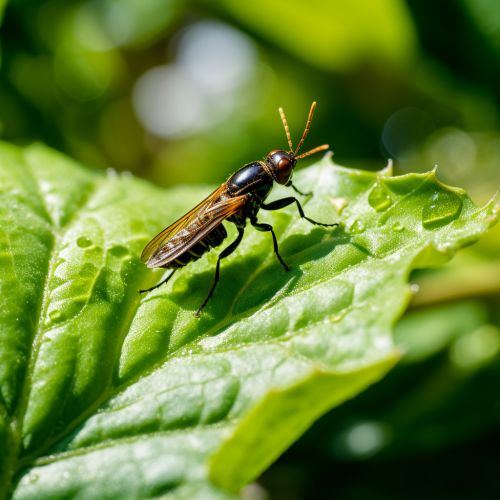
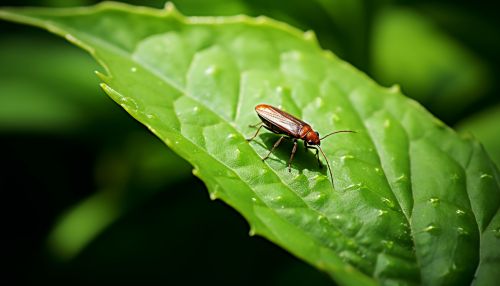
Direct Defenses
Direct defenses can be constitutive (always present) or induced (produced or enhanced after herbivore attack). They involve physical and chemical barriers that deter herbivores or reduce their ability to digest plant tissues.
Physical Barriers
Physical barriers include structures such as thorns, spines, and trichomes. These structures can physically deter herbivores or cause them discomfort or injury. For example, trichomes, which are hair-like structures on the plant surface, can impede movement, entrap small insects, or cause physical damage to the insect's body.

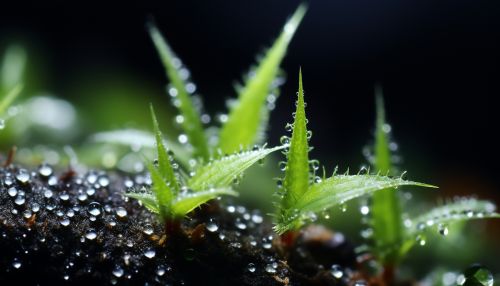
Chemical Defenses
Chemical defenses involve the production of secondary metabolites that can deter herbivores, reduce their growth and reproduction, or even cause their death. These compounds can be present in all parts of the plant, or they can be concentrated in certain tissues such as leaves or seeds. Examples of such compounds include alkaloids, terpenoids, and phenolics.


Indirect Defenses
Indirect defenses involve the attraction of natural enemies of the herbivores, such as predators and parasitoids. These defenses can be mediated by the release of volatile organic compounds (VOCs) that are attractive to these natural enemies.
Volatile Organic Compounds
VOCs are a diverse group of compounds that are released by plants in response to herbivore attack. These compounds can serve as signals to attract natural enemies of the herbivores, such as parasitic wasps or predatory mites.
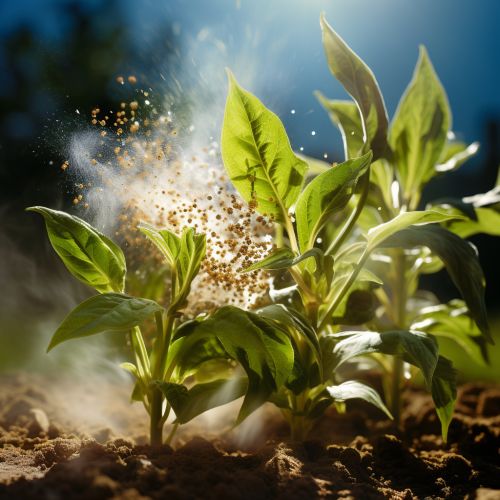

Plant-Insect Coevolution
The interaction between plants and insect herbivores is a classic example of coevolution, where the evolution of one species influences the evolution of another. This has led to a complex array of defenses and counter-defenses, with plants evolving new defensive mechanisms and insects evolving strategies to overcome these defenses.
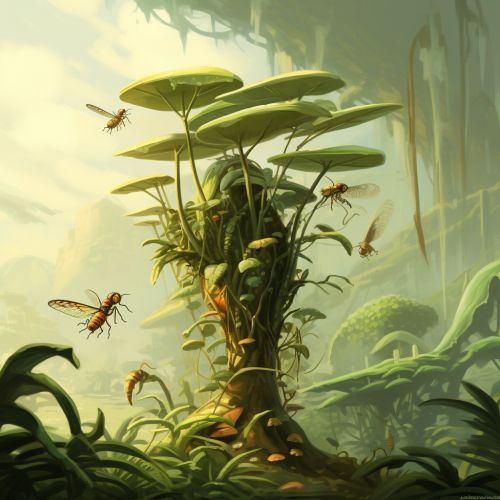
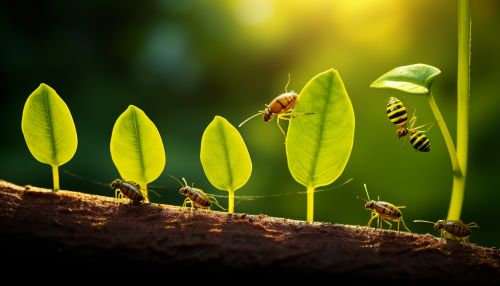
Conclusion
Understanding the biological mechanisms of plant response to insect herbivory is crucial for developing sustainable pest management strategies. By harnessing these natural defenses, we can reduce our reliance on synthetic pesticides and promote biodiversity in agricultural ecosystems.


